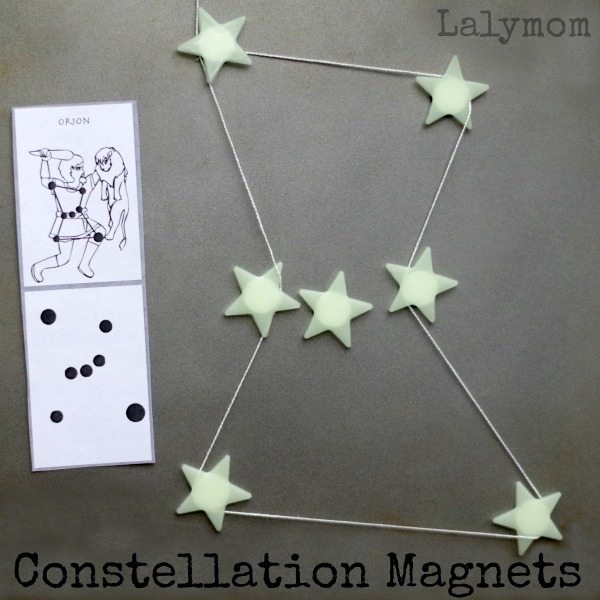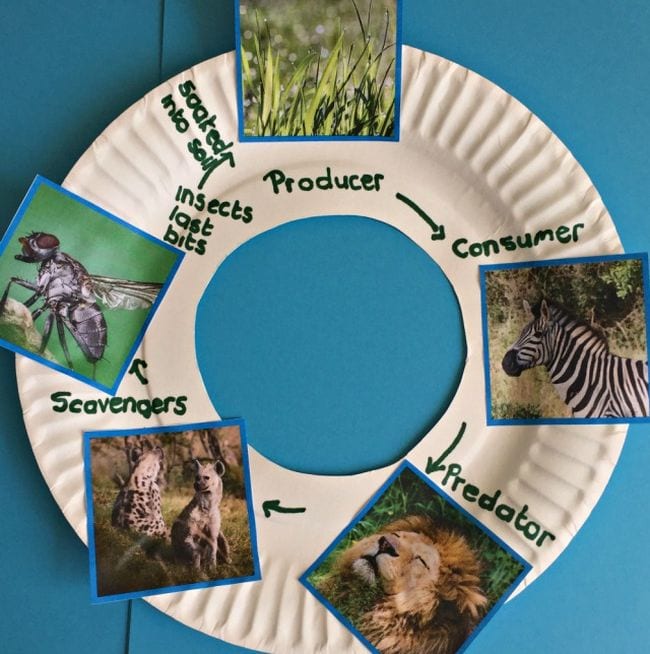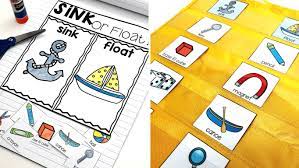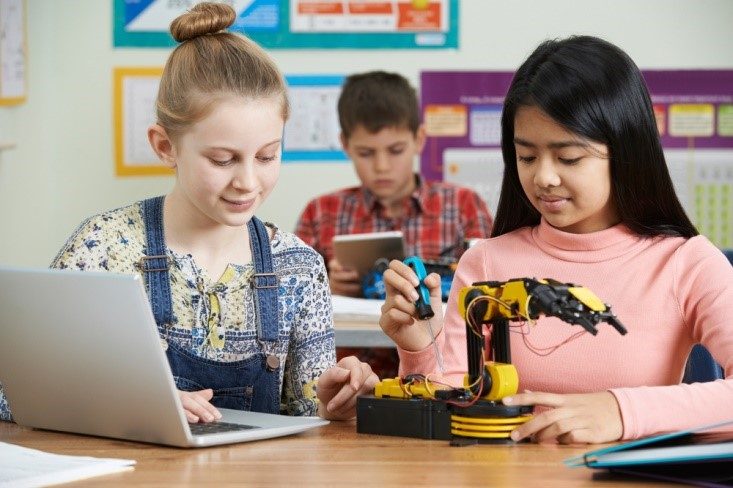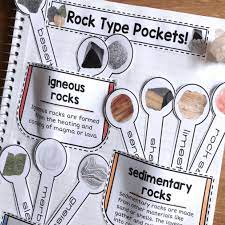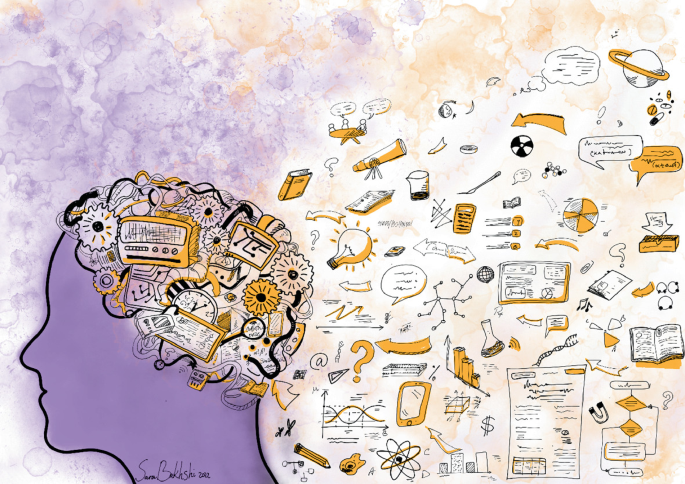Introduction:
There’s no doubt that stars are one of the most fascinating subjects in the study of astronomy. Teaching children and adults about stars can be an incredibly engaging and rewarding experience for both the teacher and the learner. With countless possibilities for educational activities, you can spark curiosity, fuel passion, and enhance knowledge with these hands-on experiences. Here are 22 stellar activities to teach about stars.
1. Constellation Craft: Provide templates or have students create their own constellation patterns using pipe cleaners, beads, or other materials to form stars and connecting lines.
2. Star Observation: Schedule a night for stargazing. Give participants a list of known constellations to identify as they observe the night sky.
3. Star Size Comparison: Use everyday objects to represent various star sizes, helping students visualize the vastness of space.
4. Star Color Experiment: Place colored tissue paper over a flashlight to simulate different star colors based on temperature.
5. Studying Star Magnitude: Teach about star magnitude through distance comparison using a flashlight and coins.
6. Life Cycle Diagrams: Teach the life cycle of a star from birth to death by having students create visual representations or diagrams of each stage.
7. Celestial Sphere Activity: Illustrate the celestial sphere through a model made of Styrofoam balls and string.
8. H-R Diagram Lesson: Help students understand the relationship between a star’s temperature, color, and brightness by plotting information on an H-R diagram.
9. Artful Constellations: Transform constellation maps into beautiful works of art through imaginative painting or drawing techniques.
10. Astronomical Distances Lab: Recreate astronomical distances using models and scales to visualize relative proportions between celestial objects.
11. Research Adventure: Assign students individual stars to research fast facts, such as name, constellation, composition, history, and other features.
12. Creating a Solar System Model: Construct a model solar system, incorporating stars like our sun to scale.
13. Star Origami: Fold origami stars, providing an opportunity to discuss star formation and geometric themes.
14. Glow-in-the-Dark Constellations: Create constellations using glow-in-the-dark stickers or paint on a dark canvas or wall.
15. Astronomy-themed Literature Study: Introduce students to poetry, prose, and plays that involve stars or constellations in their themes or symbolism.
16. Mythological Stories: Share mythological tales from various cultures that have explanations for specific constellations.
17. Creative Writing: Prompt students to write short stories that revolve around characters as stars or include stars as key elements in the narrative.
18. Star Laboratory: Investigate a star’s composition through spectroscopy, either through online simulations or kits specifically designed for educational purposes.
19. Astro-Photography Field Trip: Organize an astro-photography excursion during which students can capture images of the night sky with telescopes and cameras.
20. The Milky Way Map: Chart the Milky Way’s major features and star populations in the form of interactive maps, detailing various aspects of our galaxy.
21. Movie Night: Screen educational films and documentaries showcasing current discoveries, theories, and breakthroughs involving stars and the cosmos.
22. Attend an Astronomy Fair or Festival: Round off your stellar exploration by attending local astronomy events for talks, exhibits, demonstrations, and hands-on activities related to stars.
Conclusion:
These 22 stellar activities provide engaging avenues into the fascinating world of stars for a wide range of ages and backgrounds. Engage with students’ natural curiosity about the night sky and offer unique perspectives that will inspire them for years to come!
